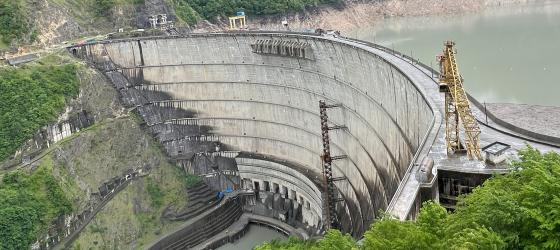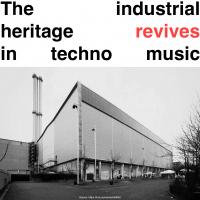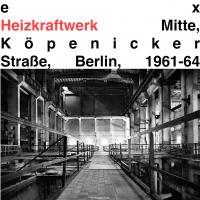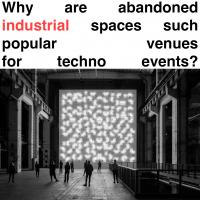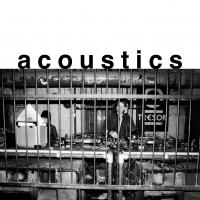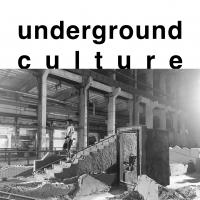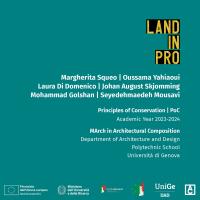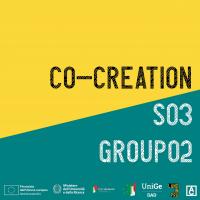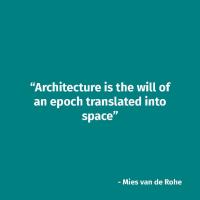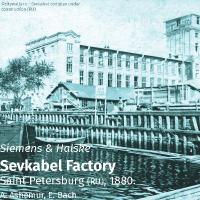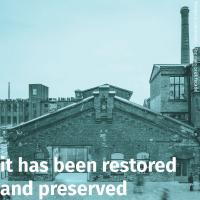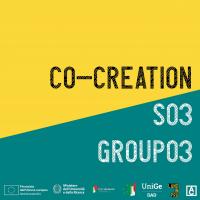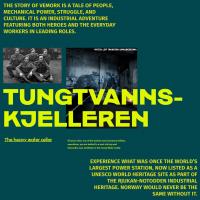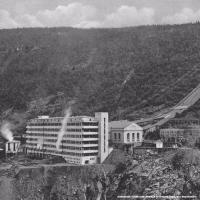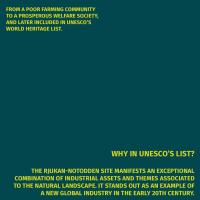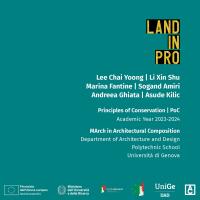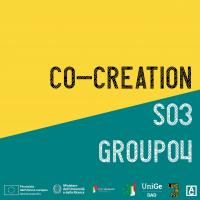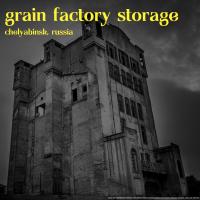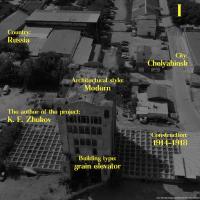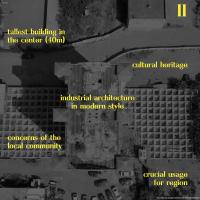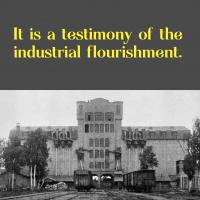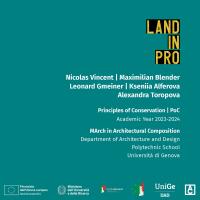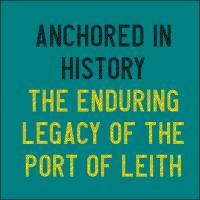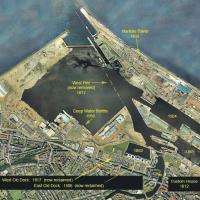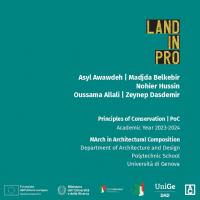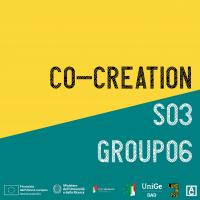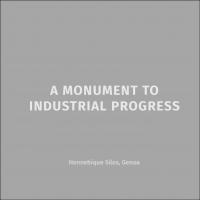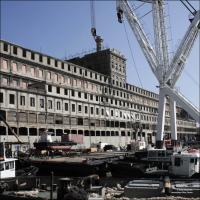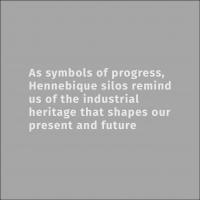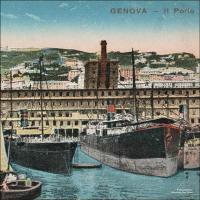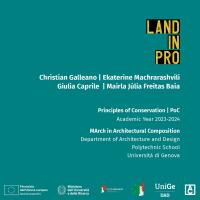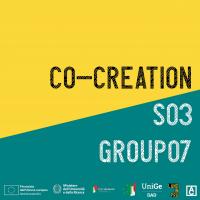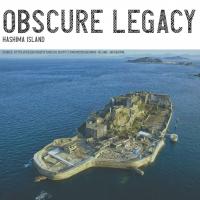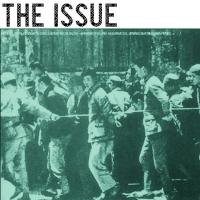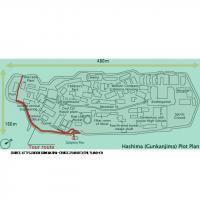
S03 | April 4, 2024
h. 2:30-3:30 pm - Open Lecture [3:30-6:30 pm + Co-creation]
Cultural Heritage Places in the Global Context: Themes, Challenges, and Opportunities for the Future of the Heritage of Technology and Industrial Production
Luisa De Marco | Independent Heritage Consultant, ICOMOS World Heritage Advisor.
Link to the open lecture on Microsoft Teams.

Group 1 | G01
The industrial heritage revives in techno-music: The Tresor case study in Berlin
In the centre of Berlin, on Köpenicker Straße, there is the former Mitte thermal power plant - a piece of Berlin's industrial history. Built around the same years as the Berlin Wall, it was intended to provide heat to the people in central Berlin until it was replaced by a new power plant in 1997. Since then, it has been abandoned until Dimitri Hegemann decided to use part of it to host the most famous techno club in Berlin: the Tresor. Originally founded in 1991, it was the new melting point between East and West Berlin. The entire building has been extensively converted and expanded since 2005 and is now a special place for exhibitions and events. A unique space full of energy. In addition to Tresor, it also hosts OHM, a more intimate club that goes beyond techno music. The entire complex on which the two clubs live is part of the Kraftwerk, the largest building in the former power plant, which has now been reclaimed to host cultural events. Berlin Atonal, a sound and visual arts festival first launched in the early 1980s by Hegemann, has been held there since 2012. Over the years, among the main goals of The Tresor Foundation, is the one that envisages the adaptation of empty and abandoned spaces for cultural purposes instead of selling them on the real estate market. The resonance between Kraftwerk and the techno music played in it is an example of these cultural initiatives.
Keywords: Intangible Heritage, Preservation of Authenticity, Tresor Berlin
Students: Laura Di Domenico, Margherita Squeo, Mohammad Golshan, Oussama Yahiaoui, Seyedehmaedeh Mousavi, Johan August Skjomming

Group 2 | G02
The Sevkabel Factory
Sevkabel was the first power cable factory in Russia. During the Second World War, the factory continued to work, employing women and young people instead of regular workers sent to the war. Throughout the siege of Leningrad, a "Life Cable" was laid, which provided uninterrupted communication between the city and the Volkhov hydroelectric power station.
The renovation was sponsored by the management of the previous existing companies, preserving the historical brick and concrete factory corps and enhancing its importance for the city's identity. Nowadays a co-working space is available here, as well as a variety of workshops and art practices. The site is now under the KGIOP law protection.
Keywords: Retrofitting, Industrial Heritage, Purpose
Students: Alberto Tonelli, Andrea Rebora, Emiljano Nokaj, Arina Zhalnina

Group 3 | G03
From the power station to World Heritage
Located in a dramatic landscape of mountains, waterfalls and river valleys in Norway, the area encompasses a network of hydroelectric power facilities, transmission lines, industrial plants, transportation infrastructure, and residential communities. This site exemplifies a remarkable fusion of industrial development within a captivating natural environment, emerging as a significant symbol of the burgeoning global industry during the early 20th century.
One of the criteria that guided their decision to register The Rjukan–Notodden site as a UNESCO World Heritage Site in 2015 was the fact that it seems to stand as a magnificent representation of a particular architectural, technological, and natural landscape, illustrating pivotal epochs in human history, while also exuding exceptional beauty.
Keywords: Rjukannotodden industrial heritage, UNESCO, Vemork
Students: Lee Chai Yoong, Li Xinshu, Magdalena Andrea Ghiata, Marina Galvao Jaqueira Fantine, Sogand Amiri, Ruveyeda Asude Kilic

Group 4 | G04
Grain factory storage in Chelyabinsk, Russia
The grain factory situated in Chelyabinsk, Russia, currently stands vacant, serving as a silent witness to the intersection of industrial and agricultural progress within the region. Its historical significance predates the dominance of heavy industry, which subsequently led to significant air quality deterioration.
Architecturally, the structure embodies the principles of modernism prevalent in early 20th-century Russian design. Modernist principles extended beyond residential and commercial architecture to encompass industrial facilities, infusing industrial architecture not only with aesthetic advancements but also imbuing it with profound symbolic meaning reflecting the progress of the time.
Despite its transition from a functioning grain warehouse to an abandoned structure, nowadays the factory remains far from insignificant. Its enduring value lies in the narrative woven into its very fabric which symbolises an emblematic tale of the region's industrial and agricultural heritage.
Students: Maximilian Blender, Leonard Gmeiner, Nicolas Vincent, Toropova Aleksandra, Kseniia Alferova
Keywords: Modernism, Grain factory, Industrial heritage

Group 5 | G05
Anchored in History: The Enduring Legacy of the Port of Leith
Discover the enduring legacy of the Port of Leith, a maritime hub steeped in centuries-old history and industrial heritage. From its architectural diversity to its cultural significance, this iconic site in Edinburgh showcases the resilience and ingenuity of past generations. Explore the challenges and opportunities of preserving industrial heritage in a rapidly evolving urban landscape. Join us on a journey through time, where community engagement and thoughtful development shape the future while honouring the past.
Students: Hussin Noheir Mohamed Rehan, Belkbir Madjda, Allali Oussama, Dasdemir Zeynep, Asyl Awawdeh
Keywords: Cultural Legacy, Industrial History, Exploring the Past

Group 6 | G06
Hennebique Silos: A Monument to Industrial Progress
The former grain silos, dating from 1901, are considered one of the most striking and monumental reinforced-concrete buildings of the 20th century. Strategically located along Genoa’s waterfront in the heart of the vibrant Old Port, Hennebique overlooks the sea and the historic city centre and sits adjacent to the Cruise and Ferry Terminal and within walking distance from Piazza Principe Railway Station. It holds immense importance for Genoa, serving as both a symbol of industrial progress and a practical solution to storage challenges. Given its striking characteristics, on 4 April 2007, the Italian Ministry of Culture declared the building a "Site of historical and artistic interest" and "an important example of industrial architecture in Genoa. As heritage sites, the building offers insights into the past while inspiring future generations with its towering legacy.
Students: Giulia Caprile, Christian Galleano, Julia Mairla Freitas Baia, Ekaterine Macharashvili
Keywords: Industrial Innovation, Architectural Legacy, Cultural Landmark

Group 7 | G07
Hashima Island
Hashima Island, once a thriving coal mining facility, today stands as a silent witness to dark history. Recognized as a UNESCO World Heritage Site in 2015, it conceals a painful past: up to 800 Korean forced labourers toiled here during the Pacific War (1945-1943). Japan pledged to convey the full history, but an information centre in Tokyo fell short. Oral testimonies deny forced labour, leaving victims forgotten. UNESCO’s recent report strongly regrets Japan’s inaction and urges dialogue with South Korea. Hashima Island, with its warship-like appearance, remains a haunting reminder of human suffering and resilience.
Students: Hassanein Asser Ibrahim Khalil Ibrahim, Zewdie Bruk Ngusie, Reyhani Aida, Rohani Sheida Ismayilov Ismayl
Keywords: Dark History, UNESCO, Tangible and Intangible legacy

This project has received funding from the National Recovery and Resilience Plan (NRRP) - Mission 4 “Education and Research” - Component 2 “From Research to Business” - Investment 1.2 “Funding projects presented by young researchers” and the European Union's Next Generation EU Recovery Plan - Project no. 100027-2022-FP-PNRR-YR_MSCA_0000005"

Disclaimer
The responsibility for the content published on the Land-In-Pro Seminar Cycle + Co-creation activities lies with the authors and reflects only their views. The Italian Ministry of University and Research and the European Commission are not responsible for any use that may be made of the information contained therein.
